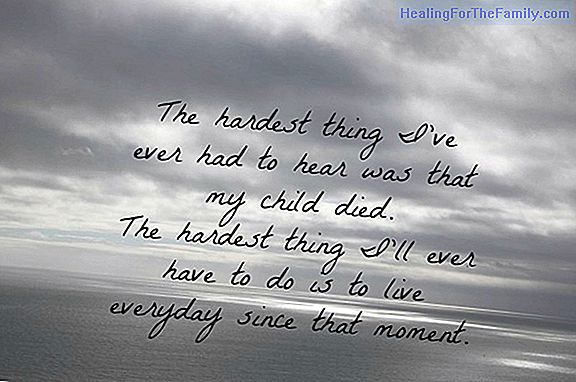First steps for children to learn English
The development of bilingual skills is not easy. Despite the predisposition of children to learn different languages during the first años years of their lives . We must have a clear and concise strategy, in order to achieve our goal in a way that is fun for the child. The first step we must take
The development of bilingual skills is not easy. Despite the predisposition of children to learn different languages during the first años years of their lives . We must have a clear and concise strategy, in order to achieve our goal in a way that is fun for the child.The first step we must take is that we want it to be bilingual. It will be hard and hard. In addition to that the results take a long time to appear. This strategy we can begin to define since we are pregnant, being aware of our possibilities and those offered by our environment.
4 ideas to teach English to babies and children
The learning of two languages at the same time, is a task that we must carry out among the members who are involved in the education of our child.

1. To begin with, we must see what we have. The best way for a child to develop bilingualism is for one of the people closest to the child who has a good level of English and who spends a considerable part of the time with the child. Commit to talking with him all the time you spend with him speaking exclusively in English. This is complicated, since to be effective you must spend a minimum of 40% of the time the child is awake. What limits most families.
2. Currently a large number of parents, choose to use videos and music in English for the child to learn. Support with this type of technique is always useful, but it can not be our pillar in bilingual education. Children so young, do not pay almost as much attention to these media, losing interest in them right away. In addition, learning a child's language before age 3 is based practically on the relationship they make between the gestures of the people who speak to them. These complements are ideal for the child to complement education, but remember that whenever we put a video to reinforce and help you not lose interest and continue to have fun, we must be next to interpreting ourselves staging what is happening diciendo or saying in the video. This helps the child to relate words in English more easily. In addition, the child will stay focused and learning for a longer period of time.
3. Hire a
girl who only speaks to her in English . It is an option that is being used in recent years. It is about taking a babysitter who spends a great part of time with the child and only speaks English to the baby. The disadvantage is that the price can be very high, because to work well, at least you must spend 6 hours with the child, trying not to be more than 2 weeks in a row without having your time of English. 4.
Bilingual centers . The other option that we have are bilingual education centers or day care centers. Not in all cities can we find a quality nursery that really develops two languages at the same time. The most important thing is to know the method they use when introducing English in different ages. They are not the same needs of a 5-month-old baby as a child of a year and a half or another of 2 years.In each age the child must work in a series of areas, such as the approach to the new language, the basic words, the total immersion, the support with Spanish, when the child begins to understand the mother tongue better.












